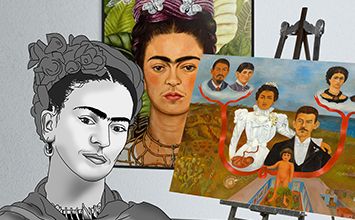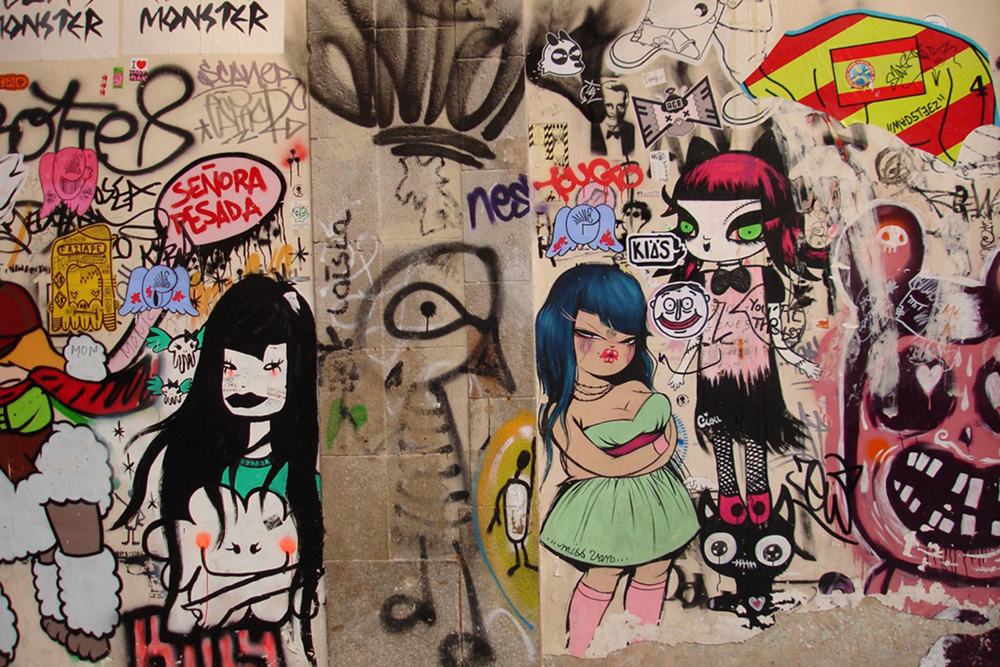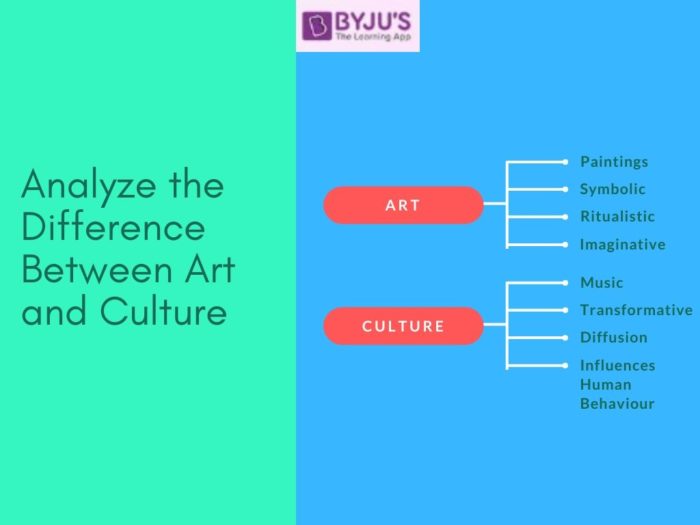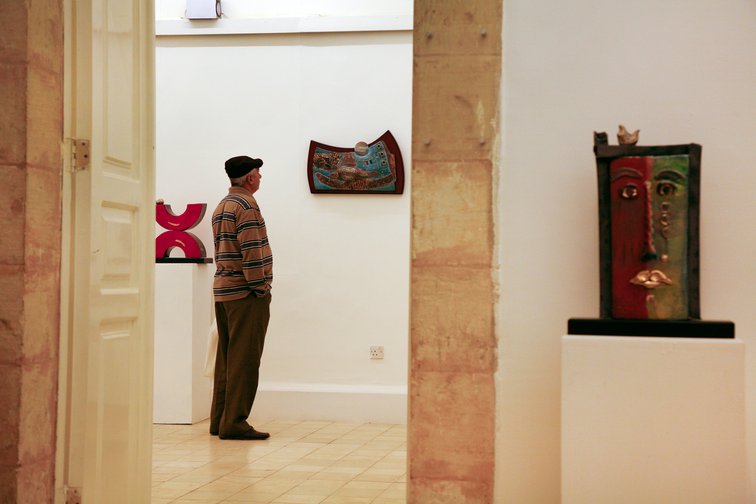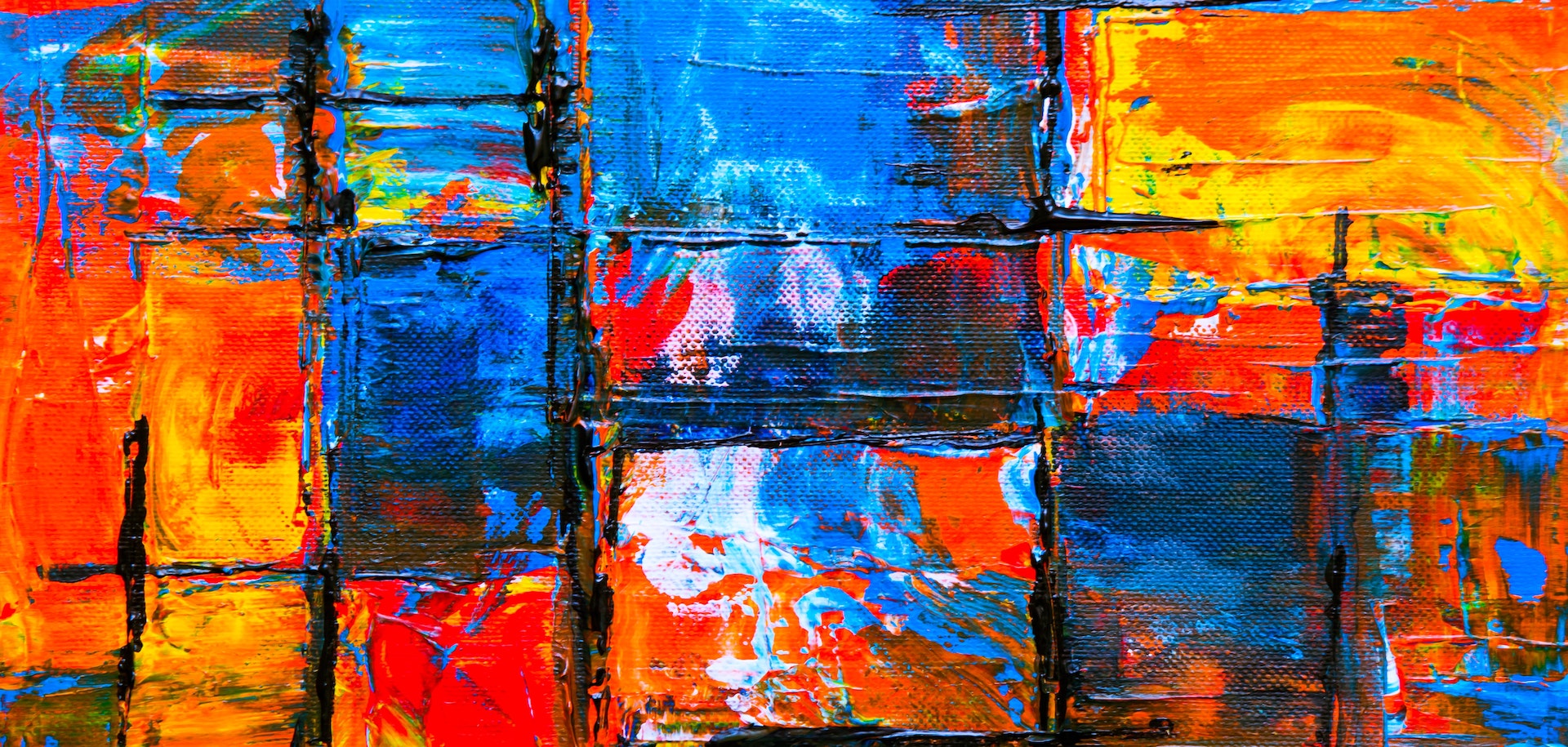Art and culture are closely intertwined, with each influencing and shaping the other. Culture refers to the shared beliefs, values, customs, behaviors, and artifacts that characterize a group or society. It includes the way people live, their practices, and the material objects they create. Art, on the other hand, refers to the expression of human creativity and imagination through a variety of mediums, such as painting, sculpture, music, literature, and film.
One way in which art relates to culture is through its ability to reflect and document the culture in which it is created. Art serves as a record of a society's history, values, and beliefs, and can provide insights into the way people lived and thought at a particular point in time. For example, ancient Greek and Roman sculptures depict the gods and goddesses of those cultures, while Gothic cathedrals in Europe showcase the religious and artistic values of the medieval period. In this way, art serves as a window into a culture's past and can help us better understand the history and traditions of a particular group or society.
Art also has the power to shape and influence culture. It can be used to challenge existing norms and beliefs, and to inspire social and political change. For example, the works of artists such as Vincent van Gogh and Frida Kahlo have inspired countless people around the world to embrace their individuality and to challenge societal expectations. Art can also be used to bring attention to important social and political issues, such as racial inequality, environmental degradation, and human rights abuses.
In addition to reflecting and influencing culture, art can also serve as a means of preserving and promoting cultural traditions. Many indigenous cultures around the world rely on art as a way to pass down their stories, beliefs, and customs from one generation to the next. For example, Native American cultures often use art as a way to preserve their cultural heritage, including their language, rituals, and history. In this way, art can help to ensure that cultural traditions are not lost or forgotten over time.
In conclusion, art and culture are closely connected, with each influencing and shaping the other. Art reflects the culture in which it is created, and can also serve as a means of preserving and promoting cultural traditions. It also has the power to shape and influence culture, inspiring social and political change and bringing attention to important issues.
